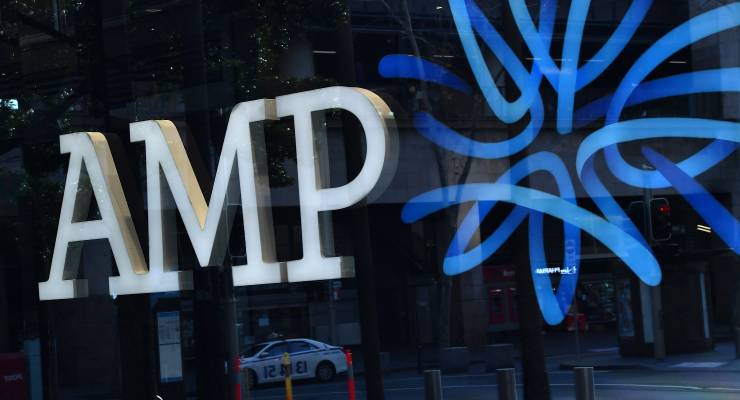
The chance of a recession is now around 50% according to two leading economic forecasters, AMP and NAB — but they still expect the Reserve Bank of Australia to keep lifting interest rates regardless.
The RBA meets again next week and is expected to yet again raise interest rates.
AMP Capital’s chief economist Shane Oliver said in his weekly note on the weekend that “the risk of recession in Australia is now very high … We see the risk of recession as now very high at around 50%.”
Oliver noted:
Consumer spending is almost certain to start going backwards later this year and into next year as the 4% plus cash rate will push debt servicing costs into record territory as a share of household income, and on the RBA’s analysis 15% of households with a variable rate mortgage (which means about 1 million people) will be cash-flow negative by year end at 3.75% cash rate, and we are now well beyond this.
What’s the point of all this misery? “The RBA has already done enough to slow the economy and bring inflation back to target and we are seeing clear evidence of slowing demand in terms of falling real retail sales, falling building approvals, slowing plans for growth in business investment, slowing GDP growth and early indications of a slowing jobs market. As such we think the RBA should leave rates on hold for several months and allow more time to assess the impact of past rate hikes.”
But Oliver and co expect the RBA to keep on tightening anyway.
National Australia Bank economists share the gloom, warning late last week that “with rates moving higher, the risks to growth continue to rise with a recession now a 50-50 bet”. They also expect the RBA to keep lifting rates to 4.6% with increases in the next couple of months.
This isn’t to be confused with a per capita recession, which we’re likely already in — indeed, per capita economic growth hasn’t been above 0.1% a quarter since early last year.
While the r-word continues to be one that should be employed sparingly, it is changing in terms of what it means for employment. With a resilient labour market, a recession with unemployment around 5% — the level NAB’s team sees unemployment rising next year — is entirely possible, even though 5% is the kind of figure once touted by policymakers as a likely level for the non-accelerating inflation rate of unemployment (NAIRU).
What’s more of a mystery is whether an actual recession would spark enough fear among consumers and businesses to put spending, investment and hiring on hold and turn a recession that’s showing up mainly in GDP numbers into an old-fashioned one that means widespread job losses and a real threat of unemployment for workforce entrants such as students. Not, of course, that the RBA would care particularly.









I slways like to read Bernard Keane – but also Guy Rundle. Where is he
? It is more than a week since his article was pulled.
I would like to know who hasnt restrained their spending already. Im a pensioner myself so I have already cut back. Months ago. The reported inflation figures are a joke. Everything in the supermarket has gone up by much more than the stated figures. Most people I know agree.
There are people a lot worse off than me. Why is this being allowed to continue? Who are the beneficiaries?
“Not, of course, that the RBA would care particularly.” That sums up the RBA’s attitude to the trials of ordinary Australians. They are a 1 trick pony and the trick is not only wearing thin but doesn’t even amuse or serve any purpose. Raising interest rates while energy companies raise their prices. Russia has recently increased output of oil and gas lowering world prices slightly. What happens in the event of further instability there? Not now but over the next year and their exports slow to a trickle just like their production of wheat and other grains slowed during the early 1920s and throughout the 1930s – resulting in famine which killed millions? The places where oil is produced are either directly unstable or in unstable regions. are high interest rates going to stop us spending on petrol we need for our cars? There aren’t enough hybrids and electric cars at affordable prices yet. We did this in the 1990s. We killed inflation but we also killed the economy and unemployment didn’t go below 6% and spent most of the time hovering around 8%.
I thought the other job of the Reserve Bank was to achieve full employment (as well as managing inflation).
Seems that you think that they are forgetting that bit.
The RBA’s definition of “full employment” requires a non-trivial number of people to be kept unemployed.
Lowe did complain a couple of interest rate rises ago that “..unemployment is still not high enough..” – sic!
Or sick?